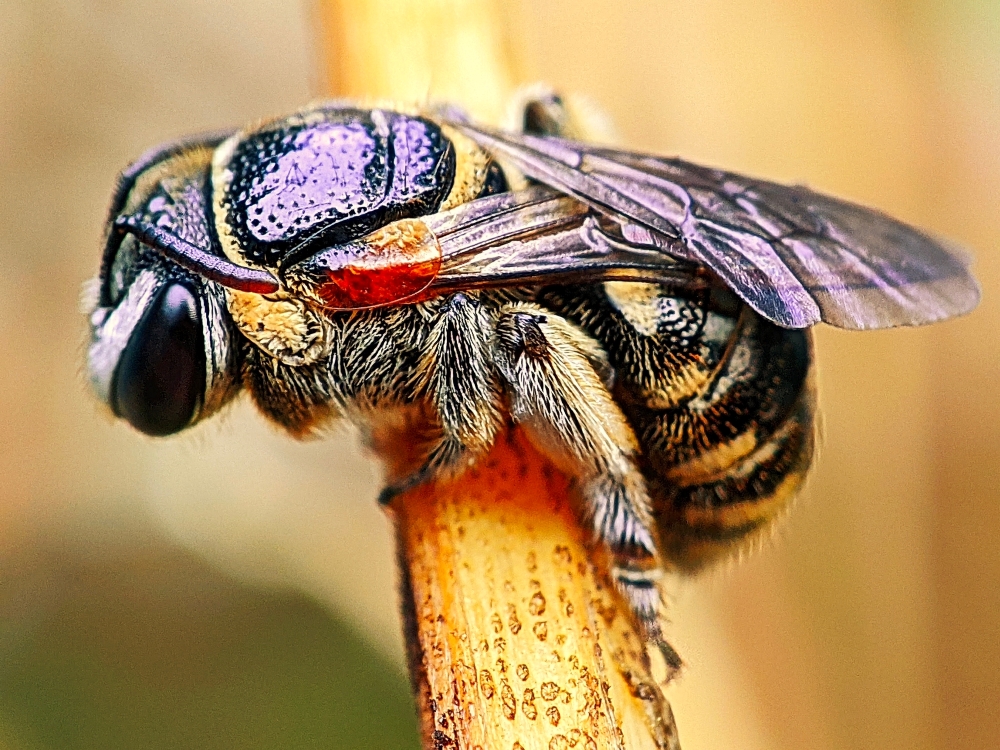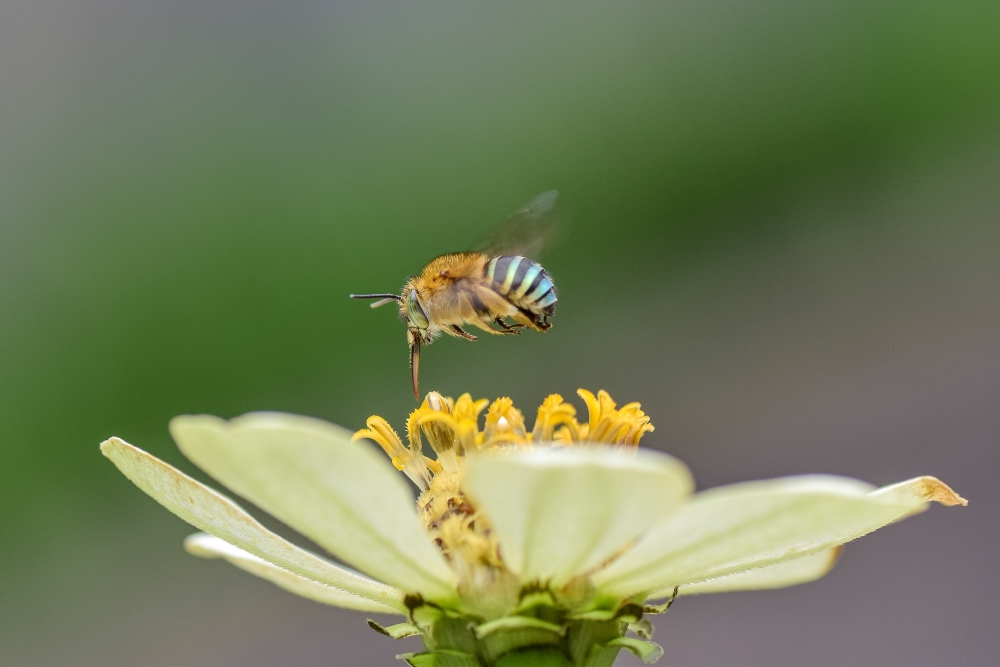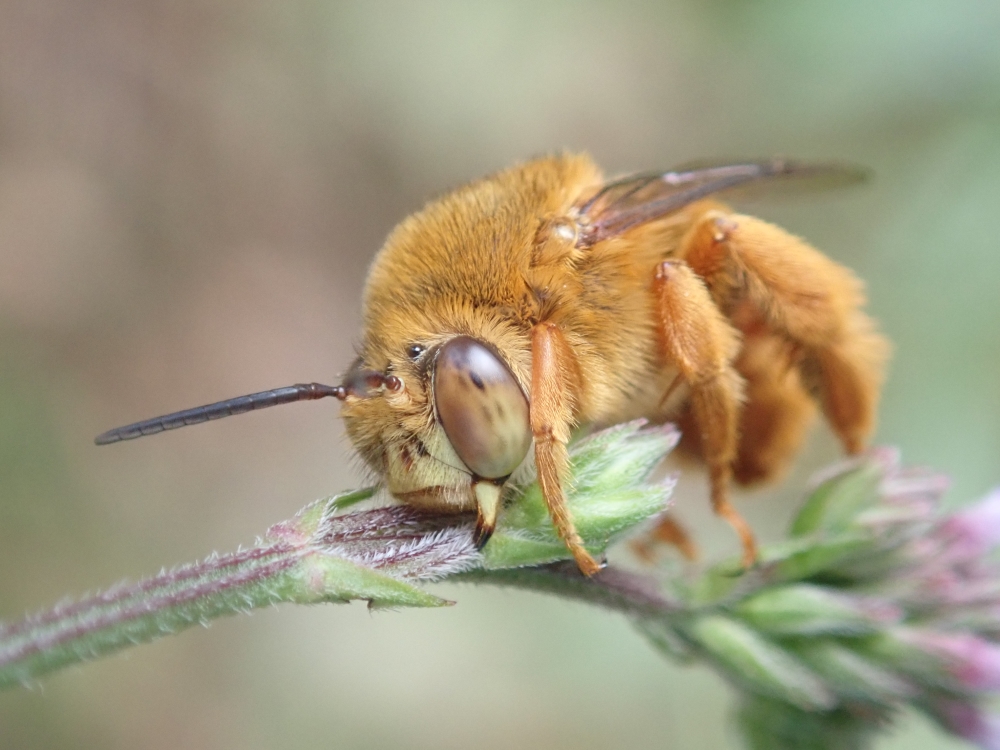Marri Badoo Reserve
As you travel east of Park Road, you will enter Marri Badoo Reserve. The name of this reserve means ‘many waters’ in the local Dharug language. This recognises the chain of ponds and springs which flow through the valley to form Ponds Creek and its tributaries.
The main vegetation community here is Sydney Turpentine-Ironbark Forest. This vegetation type is now rare due to land clearing and is specially protected under the NSW Biodiversity Act 2016. Five tree species that occur in the tallest tree layer of Turpentine-Ironbark Forest are—Syncarpia glomulifera (Turpentine), Eucalyptus saligna (Sydney Blue Gum), Corymbia gummifera (Red Bloodwood), Angophora costata (Sydney Red Gum) and Angophora floribunda (Rough-barked Apple).
The trees here are home to a range of wildlife including ringtail possums. These nocturnal animals can be spotted at night using torches. During daylight hours be sure to listen out for the medium sized birds that can be found on the open ground and amongst the shrub cover.
Descriptions of these can be found on the track posts along the walk.
Native Bee
Many different kinds of native bees can be found in Marri Badoo Reserve, including Nomia bees. Female Nomia bees are known to nest in the ground, with up to 3 sharing a burrow, taking turns to guard the entrance. During the day male Nomia bees forage for nectar but at night hundreds of them gather together, clinging onto grass stems. The reasons for this behaviour are not currently understood, but some other bees, including Blue-banded bees, also display this behaviour and can be spotted in the Reserve. As their name suggests, Blue-Banded bees are known for their colourful and unique blue stripes.


Teddy-bear bees can also be found locally – distinguished by their chubby appearance and golden-brown colouring. These bees are solitary with each female building an individual nest for herself in a small burrow in the soil. Many however, may build nests close together in a sheltered location such as in an eroded creek bank or underneath a house.
Teddy-bear bees act as “buzz” pollinators – using vibrations to shake pollen loose from flowers and onto the bee’s body, and then carried over long distances to pollinate new native plants. They, like other native bees, play an important role in fertilising the native flowers and grasses present within the reserve.



